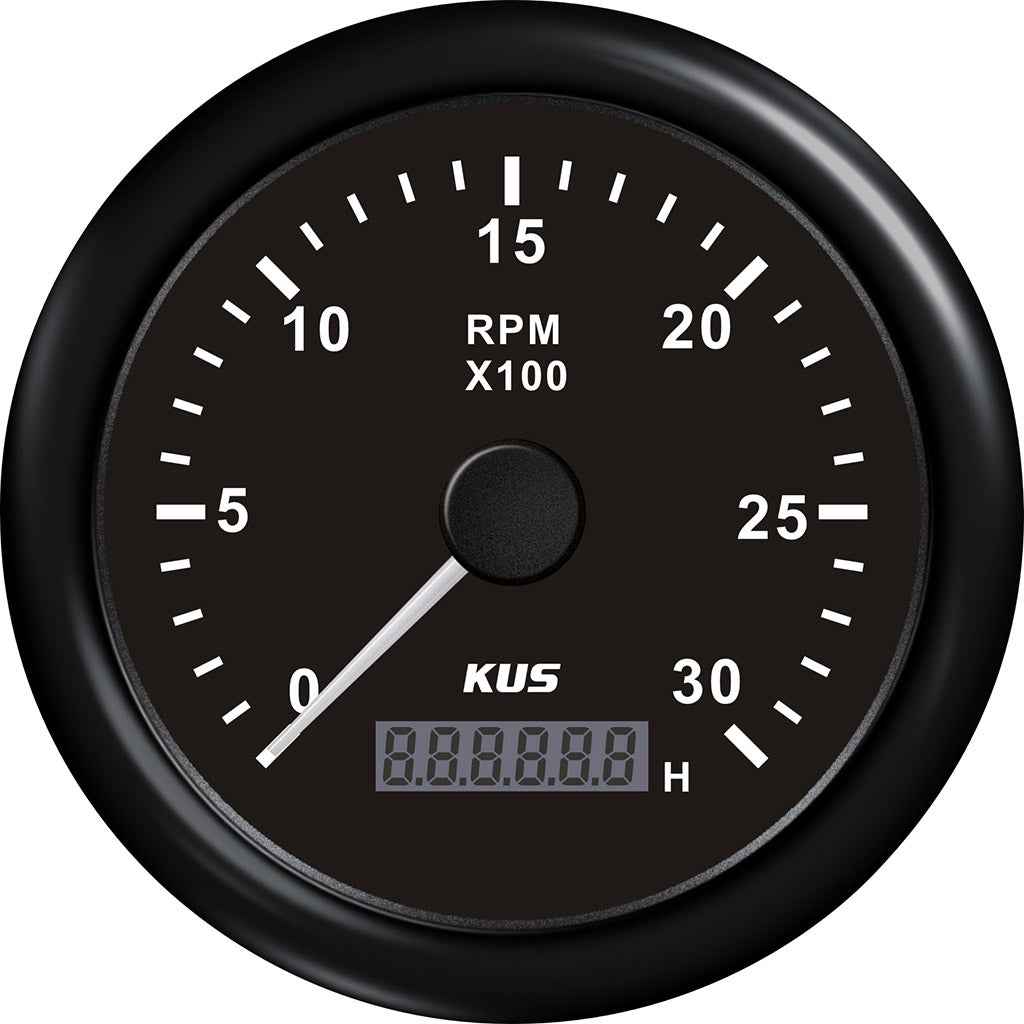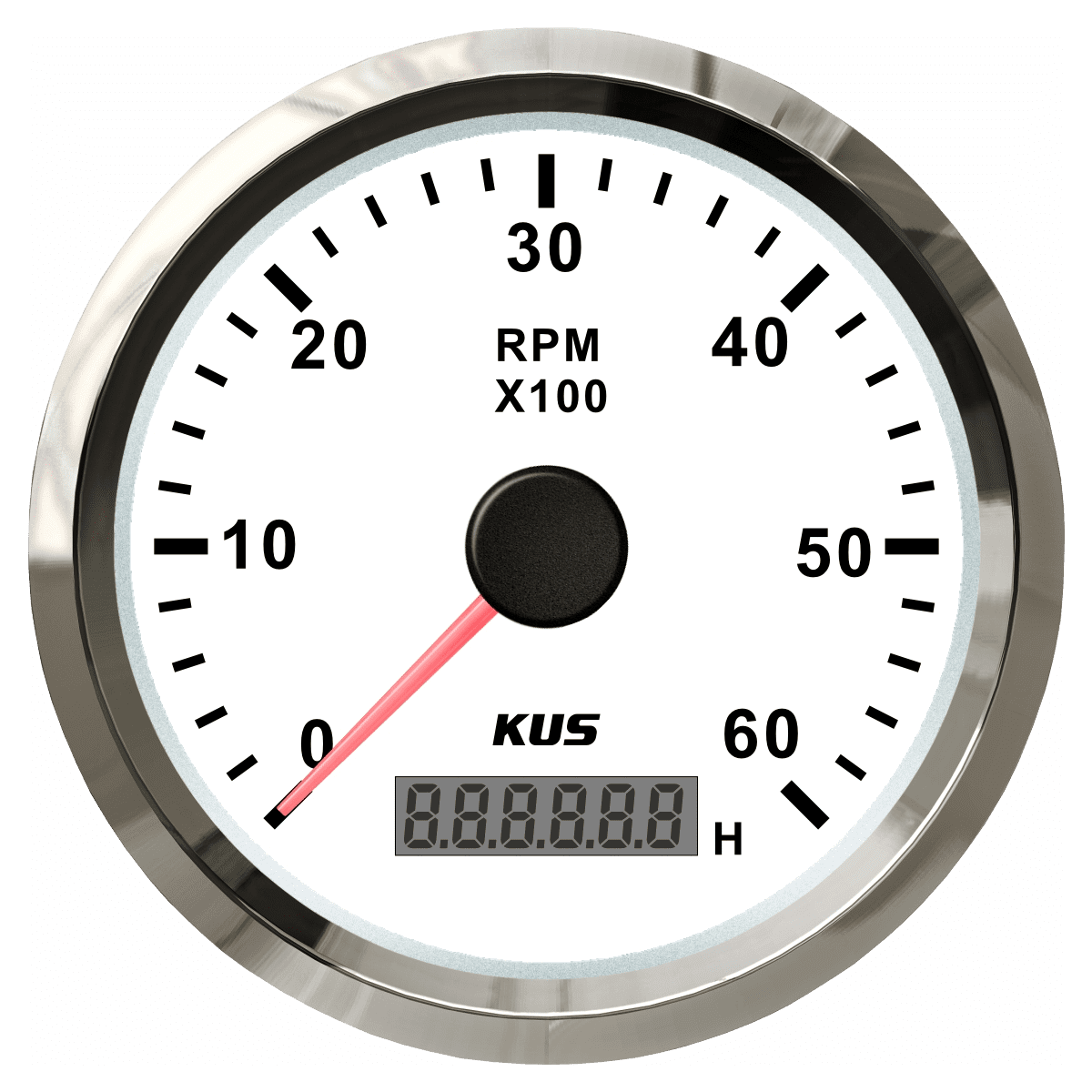Just how to Pick the Right Tachometer for Your Auto or Motorbike
Just how to Pick the Right Tachometer for Your Auto or Motorbike
Blog Article
Checking Out the Functions and Benefits of a Tachometer: A Comprehensive Guide for Car Fanatics
From supplying real-time information on engine rate to helping in optimizing equipment changes, the tachometer serves as more than just a dial on the control panel. Its multifaceted features not only enhance driving experience but additionally play an essential role in preserving engine wellness and effectiveness.
Understanding the Fundamentals of a Tachometer
In the world of automotive instrumentation, understanding the essentials of a tachometer is crucial for any vehicle lover looking to dive right into the intricacies of engine efficiency monitoring. A tachometer, commonly displayed on the control panel of a lorry, gauges the engine's changes per minute (RPM)
Tachometers usually have actually a scale noted in changes per min, with a redline indicating the optimum speed at which the engine can safely run (tachometer). This details is important for protecting against engine damage and maximizing equipment shifting for hands-on transmissions. Additionally, tachometers can help in identifying engine issues such as misfires or a falling short ignition system by identifying uneven RPM analyses
Significance of Monitoring Engine Speed

The engine rate, measured in changes per minute (RPM), suggests how fast the engine's crankshaft is revolving. Keeping track of engine speed is particularly critical during equipment changes, as it aids vehicle drivers determine the ideal time to change gears for smooth velocity and effective gas usage.
In addition, tracking engine rate can additionally provide valuable insights right into the general health and wellness of the car. Generally, keeping an eye on engine rate with a tachometer is a fundamental practice that can boost driving performance, extend engine life, and ensure a more secure and more pleasurable driving experience.
Enhancing Efficiency Through Equipment Shifts
Optimizing performance with tactical gear shifts is an essential element of maximizing a car's performance and power result. Proper gear moving ensures that the engine operates within its optimum power band, enabling for smooth velocity and boosted gas economic climate. When changing gears, it is vital to pay interest to the engine speed showed on the tachometer. By monitoring the engine changes per minute (RPM), motorists can determine one of the most opportune moments to upshift or downshift for ideal performance.

To accomplish peak performance through gear changes, vehicle drivers must exercise smooth and prompt changes between gears, matching engine rate with roadway rate to harness the full possibility of their Click Here car's powertrain.
Making Best Use Of Effectiveness With a Tachometer
Mastering the art of equipment shifting in high-performance vehicles not just enhances driving experience however additionally plays an important duty in making the most of effectiveness with a tachometer. tachometer. By paying attention to the tachometer readings, drivers can optimize their gear shifts to run within the engine's most efficient range. When increasing, moving equipments at the appropriate RPM indicated by the tachometer can prevent the engine from overworking or underperforming, bring about enhanced fuel efficiency and overall performance
In addition, a tachometer assists drivers stay clear of unnecessary revving, which not only throws away fuel yet additionally puts unnecessary stress on the engine. Consistently monitoring the tachometer while driving permits for smoother equipment changes, minimizing damage on the transmission system in time.

Advanced Tips for Tachometer Use
Enhancing driving precision via proficient tachometer interpretation is essential to maximizing automobile performance. To explore sophisticated ideas for tachometer application, take into consideration integrating using shift lights. Change lights are aesthetic indicators that company website light up when it's time to change gears based upon engine revolutions per minute (RPM), permitting seamless gear changes without continuously keeping an eye on the tachometer. Furthermore, exercising heel-and-toe downshifting strategy can be useful when aiming for smoother transitions between gears. This strategy involves using both the brake and accelerator pedals simultaneously while downshifting, helping to preserve engine RPM and protect against jerky movements. Moreover, making use of a performance tachometer with personalized setups can provide real-time data customized to specific driving choices or lorry adjustments. By fine-tuning shift factors and setting warning limits, motorists can optimize acceleration and engine efficiency while decreasing the risk of over-revving. These sophisticated strategies, when combined with a deep understanding of tachometer analyses, can raise driving proficiency and general driving experience.
Conclusion
To conclude, the tachometer acts as an important device for car lovers to monitor engine speed, improve performance with equipment shifts, and optimize performance. By moved here recognizing the features and advantages of a tachometer, chauffeurs can maximize their driving experience and extend the lifespan of their car. Using advanced suggestions for tachometer usage can further improve driving abilities and general performance when driving.
Report this page